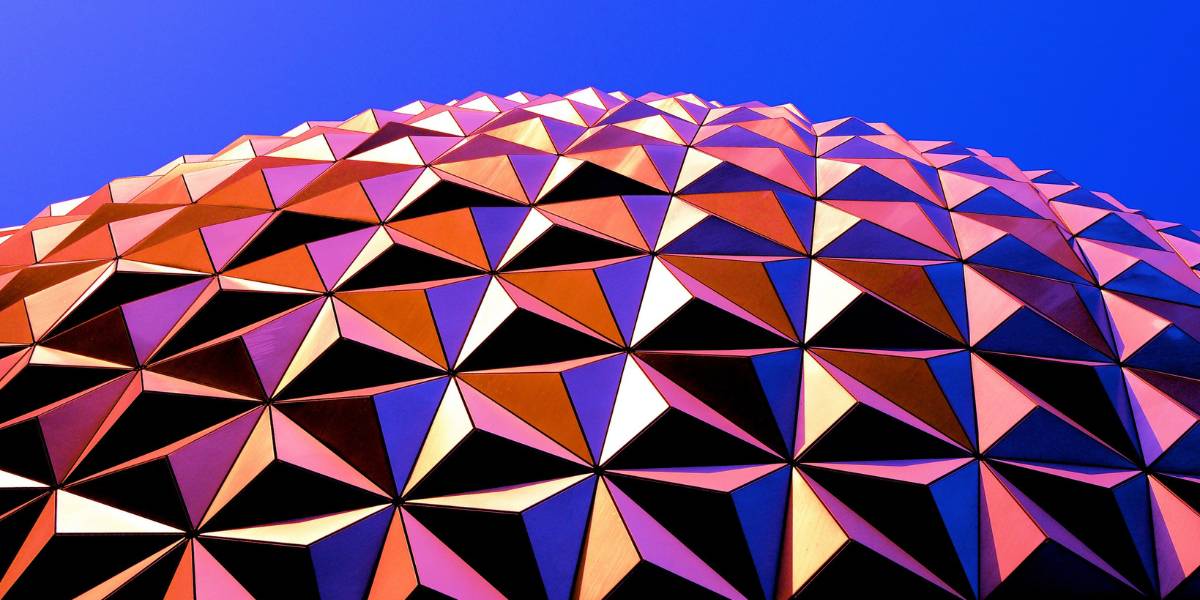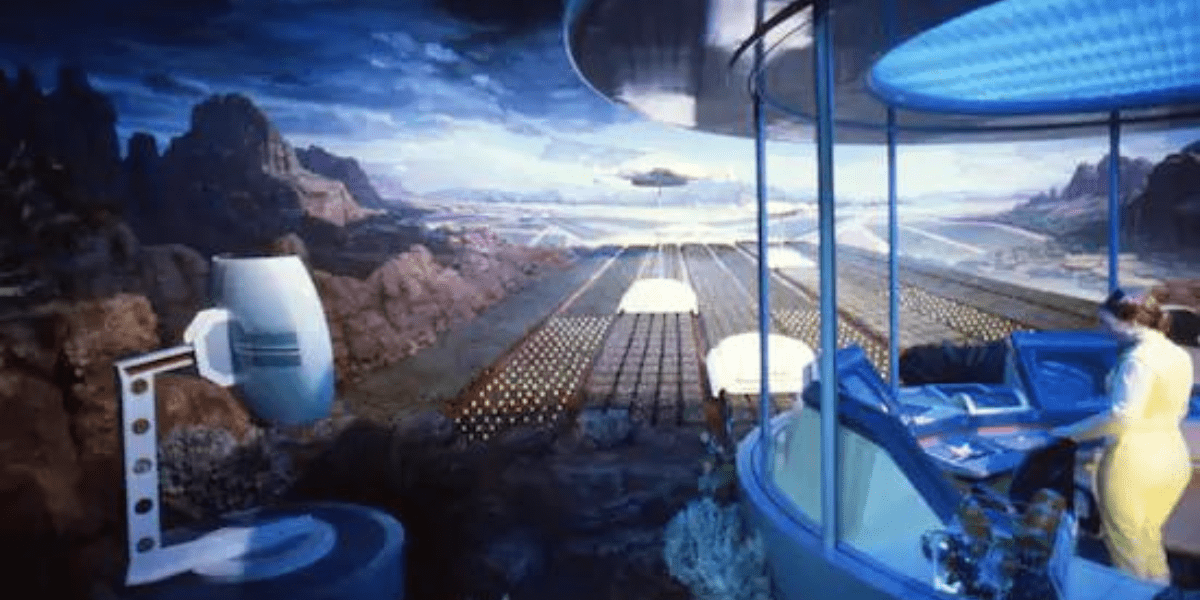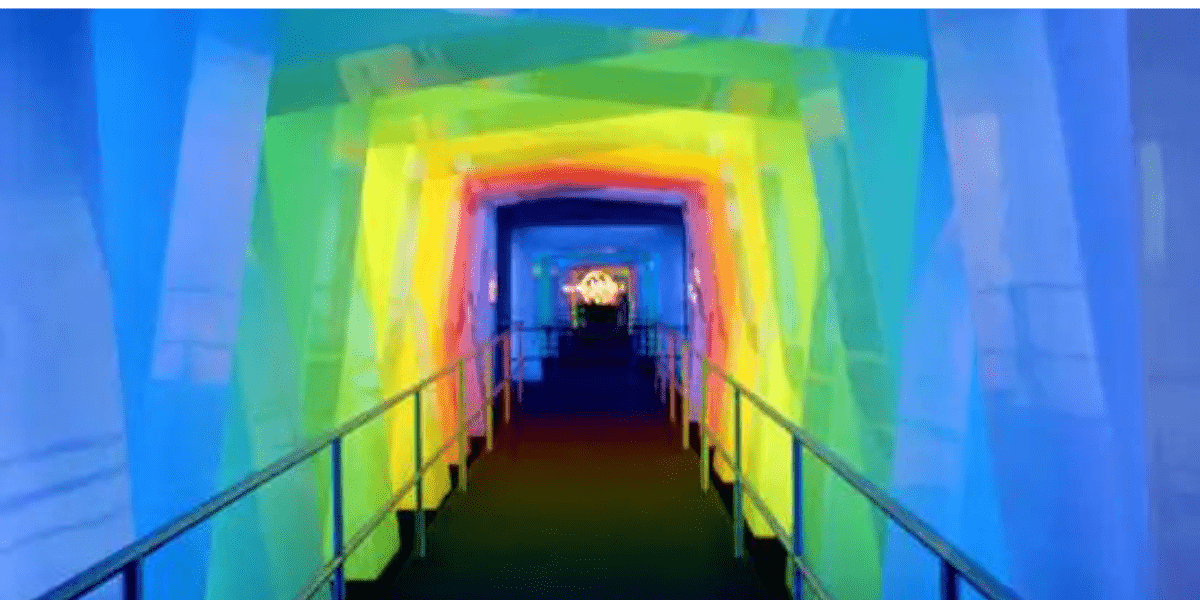
Like Cinderella’s Castle at the and the Tree of Life at , is the icon for ‘s EPCOT. But when we talk about it as an icon we usually just mean the immense geodesic dome that many a Guest has confused for a giant golf ball.
The ride inside that dome, though, is less representative of the entire EPCOT project (as initially conceived, at least) than the structure and name – standing in for a view of the where all of us are crew members on “,” and thus need to work together to ensure the survival of all our crewmates – might imply it to be. Yes, that ride is a beloved and iconic EPCOT institution, but ultimately it’s “just” a history of human communication, focusing on one aspect of science and technology, much like The Land focuses on agriculture and The Living Seas (now The Seas with Nemo & Friends) focuses on oceanic exploration.
RELATED: We Finally Know When EPCOT’s Historic Transformation Will Be Complete
But is there an that sums up the entirety of EPCOT’s hope for a brighter tomorrow? One ride that tells the story of the Experimental Prototype Community of Tomorrow? Is it Journey Into Imagination? Soarin’? Guardians of the Galaxy: Cosmic Rewind?
None of the above, actually. EPCOT’s “thesis statement,” if you will, came in the form of a ride that opened a year after the Park itself, and thus benefited from the full focus of the team of Imagineers who put together ‘s second gate.
That ride? The much beloved, and sadly long extinct , Horizons.
RELATED: 5 Disney Lands That Went Extinct Way Before DinoLand U.S.A.
If We Can Dream It, Then We Can Do It
The original 1980s iteration of EPCOT was a bit different than the IP-infused we see today. Most of the attractions at opening were presentational in nature, resembling the kind of thing you’d see at a ‘s Fair more than an amusement park. However, despite being didactic or pedagogical in nature, the rides in were still filled with the wit, whimsy, and magic of Imagineering (today, and Living with the Land are really the last remnants in the Park of that initial style).
When Horizons – designed by – opened in a year after the rest of the park in 1983, it was the crown jewel of that sort of . Combining giant Omnimax theaters, a revolutionary choose-your-own ending mechanic, and intricate sets full of unique and life-like (at least for the time) animatronics, Horizons was focused on the to come, in which all the technologies explored elsewhere in were synthesized into one unique vision of tomorrow.
RELATED: 10 Q&As – How Well Do You Know EPCOT at ?
As writer Richard Beard explained in ‘s EPCOT: Creating the of Tomorrow (the official Disney publication celebrating EPCOT’s opening),
Horizons is really a synthesis of everything in , presenting elements of transportation, energy, food, communications, seas, all operating together to provide a better life for the people of the .
‘s vision of the is neither far-fetched nor forbidding. Significantly, it focuses less on technology than on a historically enduring social unit: the family. Rather than emphasizing the inevitable development and perfection of incredibly sophisticated machines of the , Horizons concentrates on the purpose of the machines. And the purpose is us: how can our lives be enhanced by the technology?
It may come as no surprise that the sponsor of EPCOT’s , , had a major financial stake in enhancing that via technology. The ‘s slogan – “If we can dream it, then we can do it.” – was in fact borrowed from previous G.E. promotional campaigns, though it’s such a good quote that it has often since been wrongly attributed to himself.
Tomorrow’s Child
So, what was the actual experience of this vision of tomorrow’s horizons?
Guests began their ride to the by getting into a four-person omnimover vehicle that crawled along a back wall and kept them always looking forward. In the first section, they were treated to a vision of the as imagined by scientists and writers of the past (particularly science fiction writer Jules Vern). This was a whacky, whimsical look at a where robots cut our hair in our living rooms while flying cars go by outside our window.
RELATED: 10 Lies About ‘s EPCOT
After getting this look at the past’s take on the , Guests moved into the two giant Omnimax theaters that engulfed them in video clips showing the cutting-edge of 1980s science, from exploration, to crystal growth, to unraveling the mystery of DNA.
Following this, the moves on to the centerpiece of Horizons – the view of the presented by Disney and G.E., featuring a more “realistic” take on how the robotic and computer revolutions might change the . The heart of this is one human family, who bear more than a little resemblance to the one seen on ‘s Carousel of Progress (and, in fact, many Guests and commentators would come to view Horizons as the sequel to the Carousel of Progress). This extended family lives in four different environments – , an urban utopia; a terraformed desert, called ; an underwater sea base, known as ; and the satellite in outer .
RELATED: Do You Know These Facts About ‘s EPCOT ?
This part of the ride features the bulk of the animatronics and show scenes (including a video screen cameo by show writer, and is one of the two aspects for which Horizons is most remembered. The other memorable sequence is what comes next.
After visiting the station – where we see the entire family united for a birthday party via holographic video conferencing – Guests are given a choice of how they wish to return to the present. Based on a simple majority rules algorithm, the members of each vehicle could choose to end their experience on a ride over land from , under the water from , or through outer from . Each choice led to a projection of a scene created using intricate models and camerawork, which served as the ride’s finale.
Reaching the Horizon Line
No matter how important Horizons may have been to the expression of EPCOT’s purpose, it still relied on a great deal of money to keep the expensive animatronic showpieces running. When G.E. pulled its sponsorship in 1993, Horizons’ days were instantly numbered. The limped along for several years, closing and re-opening a few times, before the shuttered it for good in January of 1999.
A year later, the entire building was torn down to make way for Mission: , an focused – like the rest of – on one aspect of technology ( exploration) and not a synthesis of the .
, Horizon’s death was in many ways the end of that first EPCOT era. With new attractions like Mission: and focusing on thrill over education, and IP-based revisions to the Living Seas and El Rio del Tiempo in the Mexican pavilion, the writing was on the wall in the early 2000s that EPCOT was changing.
For those who remember those initial two decades of operation, though, the original vision of EPCOT will always be embodied in Horizons, an that reminded us that if we had the ability to dream of a better tomorrow, then we also had the ability to create it.

 DisneyTips.com Your Guide To A Great Disney Vacation
DisneyTips.com Your Guide To A Great Disney Vacation








